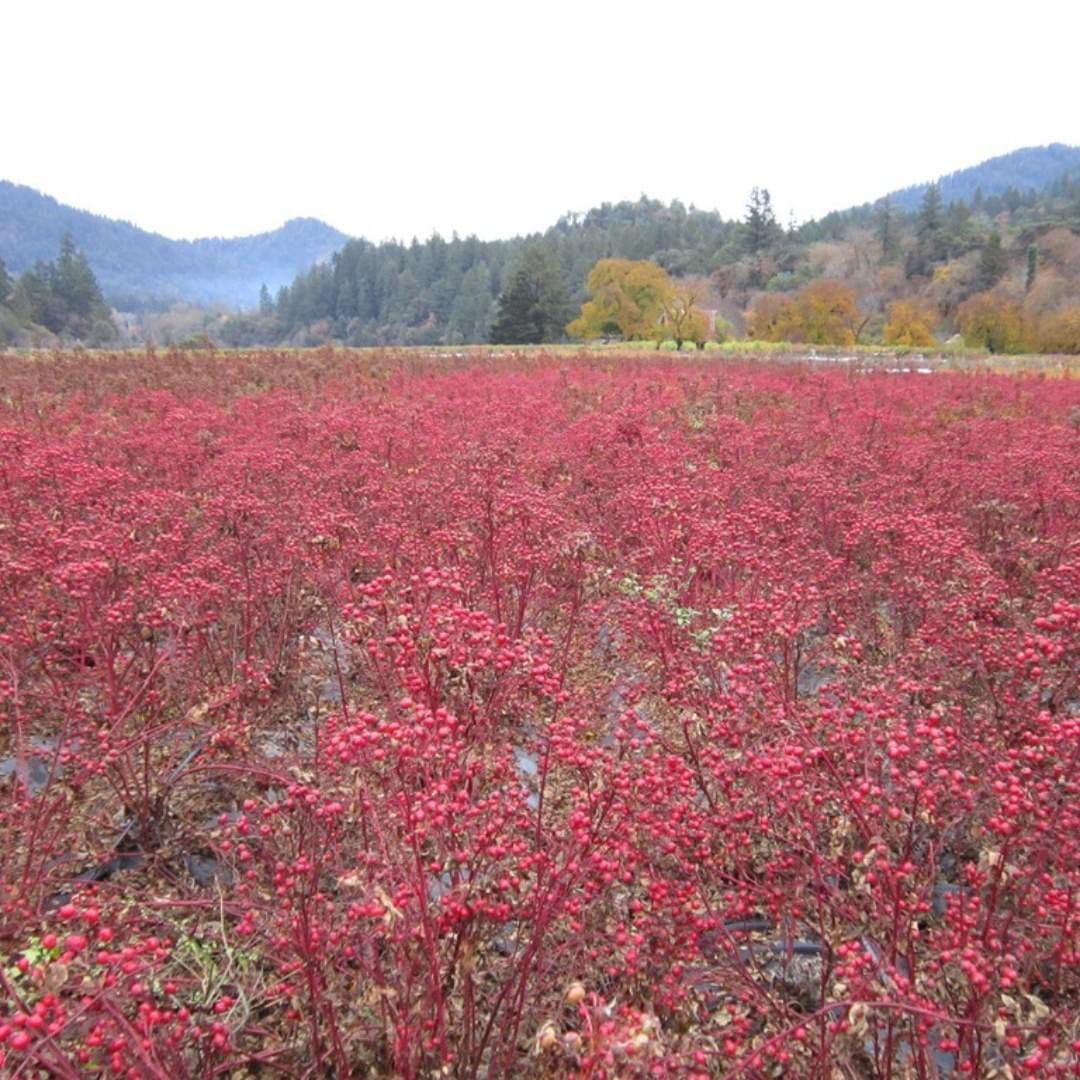
Double-digit inflation and skyrocketing energy prices and rations are threatening Europe’s production of flowers, including chrysanthemums, which are grown in greenhouses with heat and lights.
With double-digit inflation and crippling energy costs and rations throughout Europe due to the conflict in Ukraine, flower producers are switching crops, reducing production or shutting down, putting into question the future availability of crops grown there using heat and lights.
Flower farms, particularly in the Netherlands — the largest producer of cut flowers in the world with $4.01 billion in exports in 2020, according to the Observatory of Economic Complexity — have been especially hard hit by the energy crisis.
“Production is going to be hurting very significantly, especially in the Netherlands,” says Augusto Solano, president of the board of Union Fleurs, the International Flower Trade Association. Solano, president of Asocolflores, the Association of Colombian Flower Exporters, estimates there will be a 25 to 40 percent reduction in production.
The energy crisis comes as Russia, which typically supplies about 40 percent of Europe’s natural gas according to a U.S. News report, cut off the flow of gas from its main pipeline in retaliation for sanctions stemming out of the conflict in Ukraine.
Producers Hurt
A survey of its members by Greenhouse Horticulture & the Netherlands found that one third of greenhouse producers don’t have or are at risk of not having enough assets to meet their short-term financial obligations because of high gas and electricity prices, and 8 percent expect to file for bankruptcy. The survey also found that 25 percent of the cultivated area in the Netherlands is out of production; 75 percent are adjusting their cultivation strategy because of liquidity problems.
The European Union has developed a plan to provide assistance to businesses. It is set to go into effect in April and is retroactive to Nov. 1. In the meantime, Dutch flower farms — which in addition to many types of bulb flowers grown in fields produces roses, carnations, orchids, chrysanthemums and lilies, to name a few, in greenhouses — are reacting in a number of ways that will greatly affect production, says Danny Van Bergen Henegouwen, director of buying in Holland for Fleurametz, a supplier of fresh product and hard goods.
“Some growers bought cheap energy in advance and sold it for higher prices and chose to close this winter,” he says. “Some growers are trying to put less energy in the crop — sometimes this works, sometimes not. Some are closing a part of the greenhouse. Some growers don’t see a future in producing in Holland and quit the company. Some growers switching to a less energy crop.”
Availability in Question
Many European importers are looking for other sources of flowers, such as chrysanthemums, which are expected to be among the flowers in short supply.
“I don’t see huge numbers yet, but we have had questions about the availability of our varieties in other countries,” says JD Lecuona, commercial director for Deliflor Latin America, a large chrysanthemum breeder. “Export companies need flowers and are ready to get them from anywhere if needed.”
Colombian growers can’t increase production overnight, but they will try to help, Solano says.
“What we can do will depend on the demand of the U.S.,” he says. “The U.S. is main market, and our priority will be to supply that market. But if consumption in the U.S. decreases, we can balance the need in Europe.”
Importers are also looking to farms in southern Europe that are within trucking distance, and they are anticipating an increase of African-grown roses this winter, Henegouwen says.
Lecuona indicated the situation could present opportunities for growers in other countries, such as Kenya, from which the Netherlands in 2020 imported about 32 percent of its flowers, according to OEC.
“We have noticed that African farms are interested in growing more chrysanthemums, so they can jump on the opportunity that has been presented to them and sell more product,” he says.
Inflation Impact
Ultimately, consumer demand could have a large influence on availability during the next several months, Solano says.
Henegouwen agrees. The rate of inflation in the European Union reached 10.9 percent in September, and consumers there are already curtailing purchases of flowers and plants, he says.
In the U.S., where inflation was 8.2 percent in September, florists who responded to the Society of American Florists’ economic outlook survey last summer also reported a slowdown in sales.
“ is going to hurt the pockets of consumers, so the big questions is, what is going to decrease more, production or consumption?” Solano says.
Amanda Jedlinsky is the managing editor of SAF NOW.





